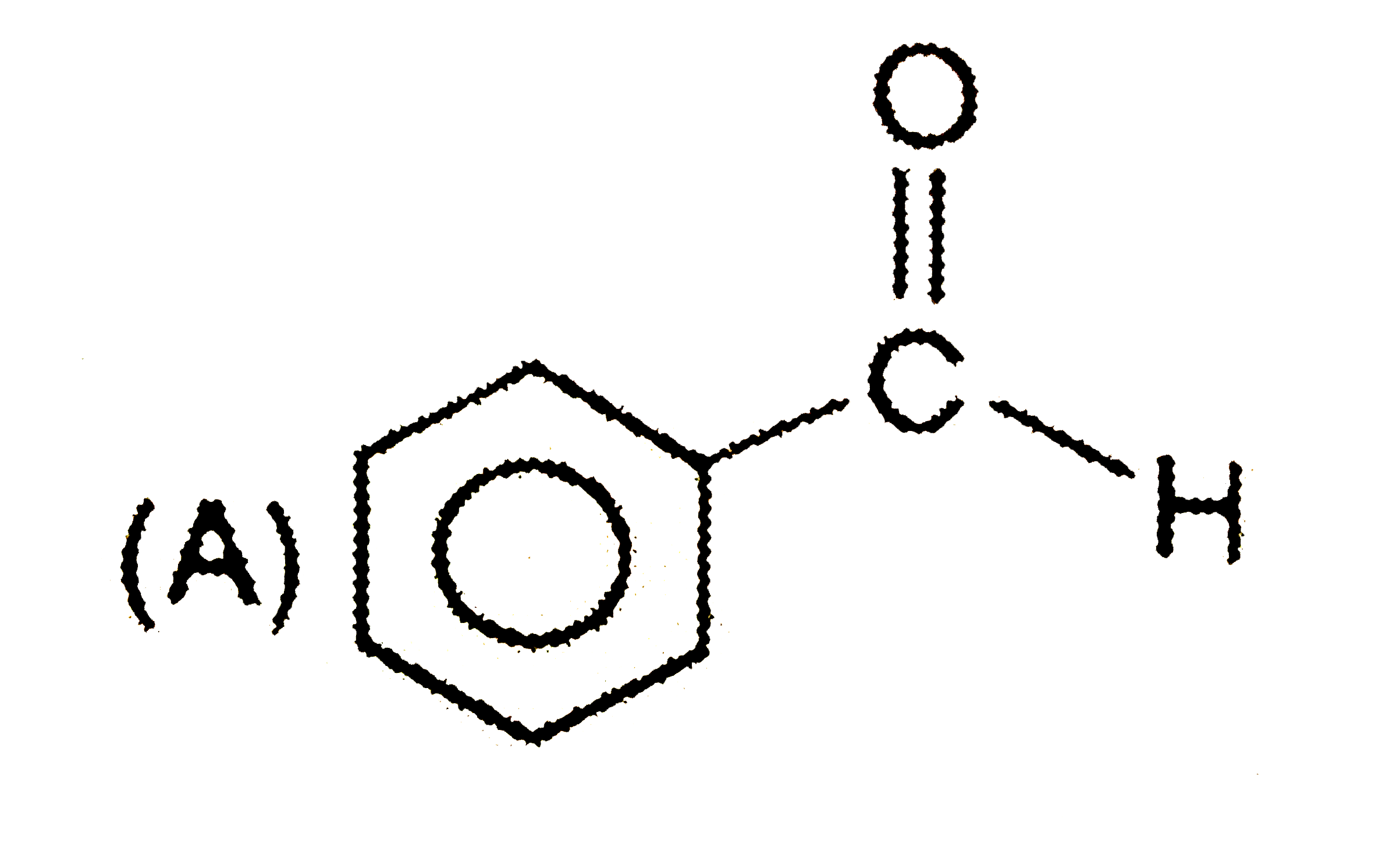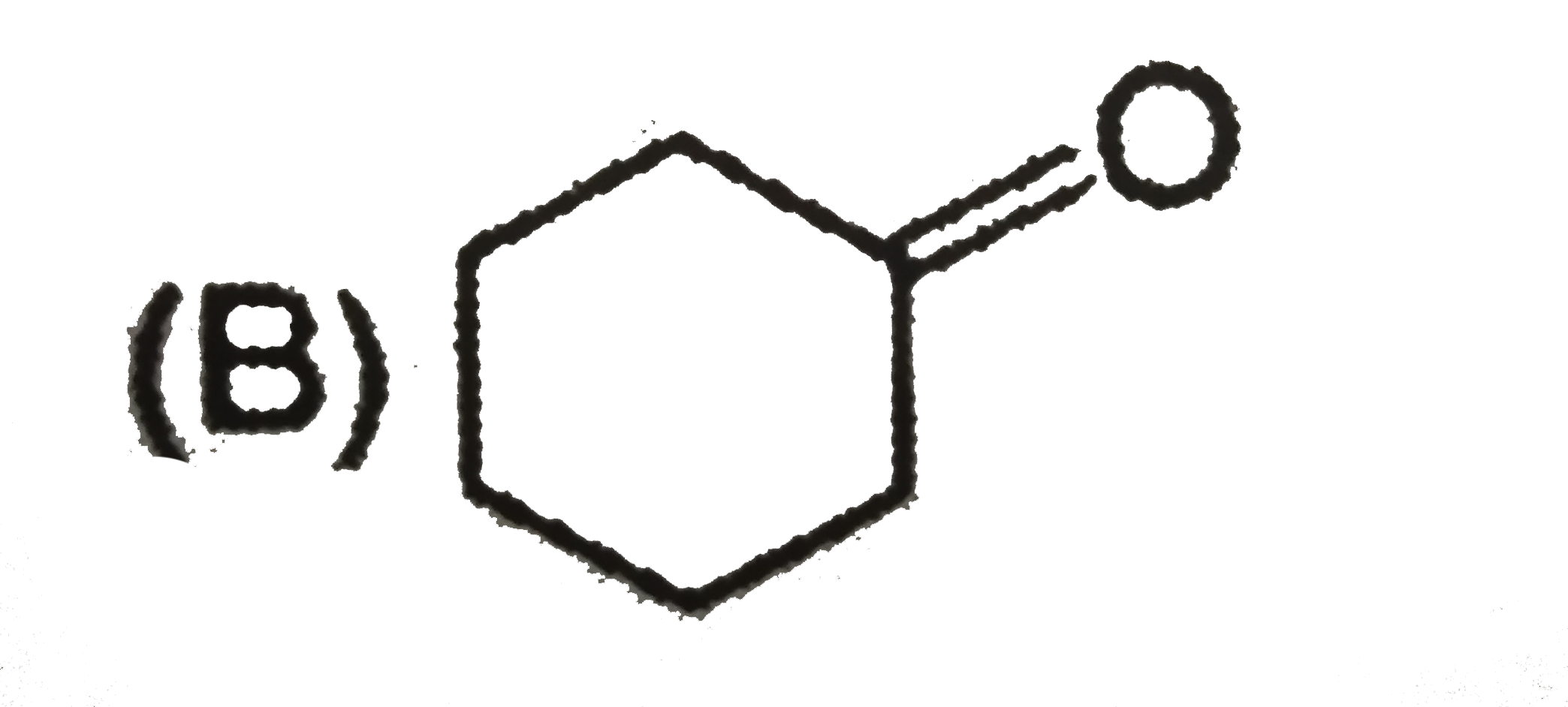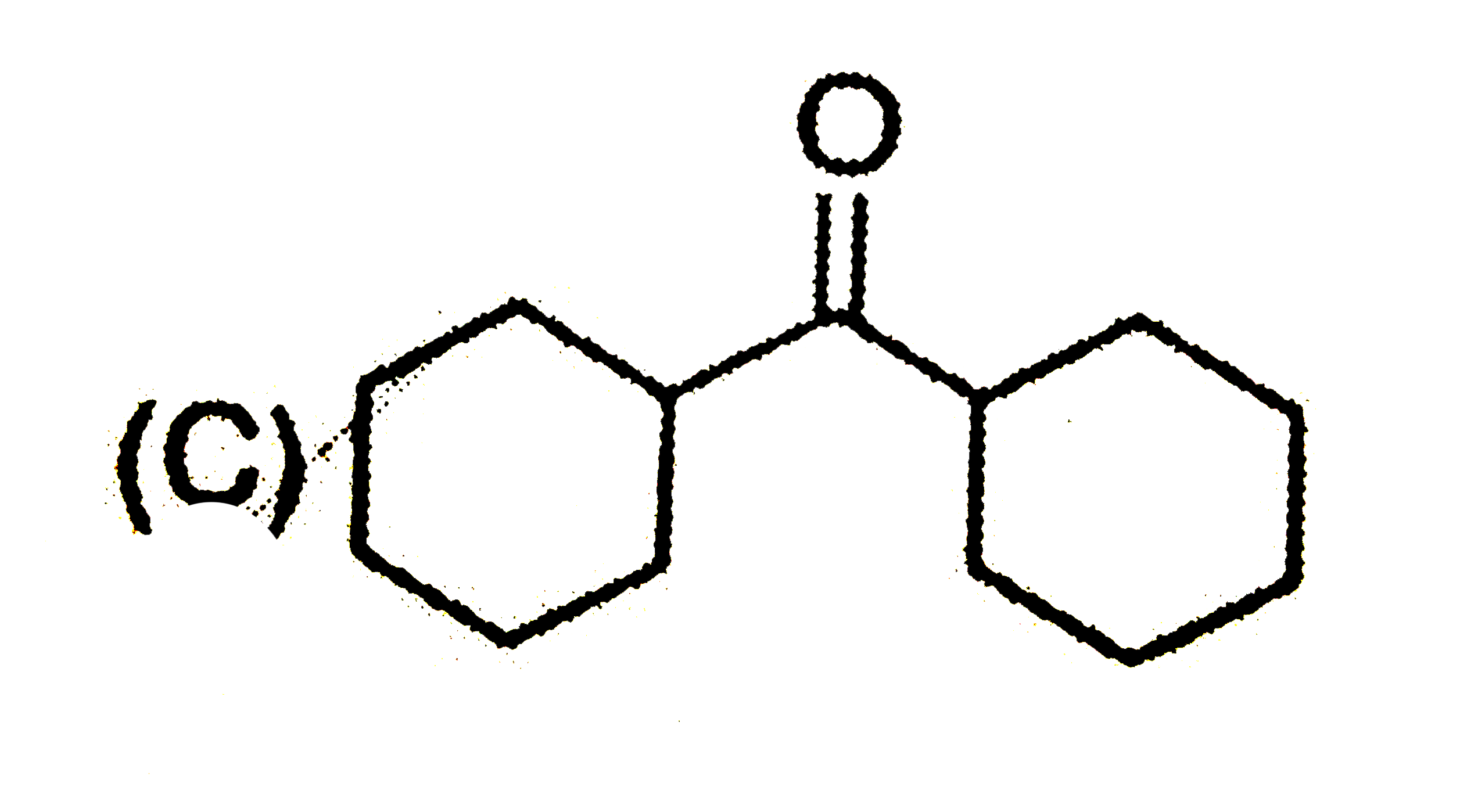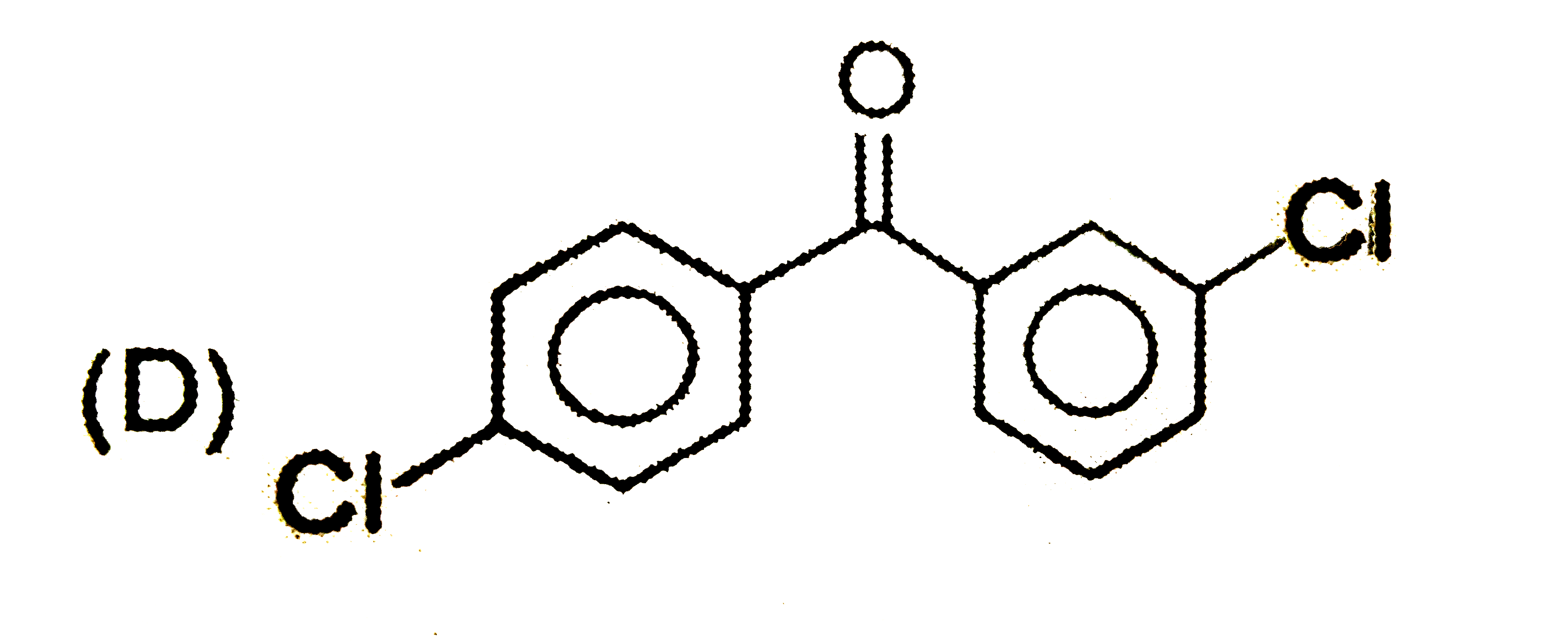Which of the following compound will forms 2 isomeric oximes on reacting with NH2OH ?
A
RCHO
B
RCOR
C
HCHO
D
PhCOPh
Text Solution
The correct Answer is:A
In ketoximes, prefixes syn and anti are related to the position of the first group named with respect to the -OH group whether lying on the same side or opposite side of the double bond.
|
Updated on:21/07/2023
Topper's Solved these Questions
- BOOK - MTG-WBJEECHAPTER - ALDEHYDES, KETONES AND CARBOXYLIC ACIDSEXERCISE - WB JEE WORKOUT (CATEGORY 2: SINGLE OPTION CORRECT TYPE)15videos
ALDEHYDES, KETONES AND CARBOXYLIC ACIDS
- BOOK - MTG-WBJEECHAPTER - ALDEHYDES, KETONES AND CARBOXYLIC ACIDSEXERCISE - WB JEE WORKOUT(CATEGORY 3: ONE OR MORE THAN ONE OPTION CORRECT TYPE)15videos
ALDEHYDES, KETONES AND CARBOXYLIC ACIDS
- BOOK - MTG-WBJEECHAPTER - ALCOHOLS AND ETHERSEXERCISE - WB JEE Previous years questions (CATEGORY 3: One or More than One Option Correct Type (2 Marks))1videos
ALCOHOLS AND ETHERS
- BOOK - MTG-WBJEECHAPTER - ALIPHATIC AMINESEXERCISE - WB JEE Previous Years Questions ( CATEGORY 3 : One or More than One Option Corred Type (2 Marks) )1videos
ALIPHATIC AMINES
Similar Questions
Knowledge Check
- Question 1 - Select One
Which of the following compound forms two stereoisomers when treated with NH2OH in weakly acidic medium?
ACH3COCH3BHCHOCCH3COCH2H5DC2H5COCH2CH3 - Question 2 - Select One or More
Which of the following will form only one oxime on reaction with NH2OH solution ?1
A B
B C
C D
D
- Question 3 - Select One
Which of the following compounds neither forms semicarbazone oxime ?
AH−C∣∣O−HBCH3−C∣∣O−NH−CH3CCH3−C∣∣O−CH2ClDCH3−C∣CH3H−CHO
Which of the following carbonyl compound will give two products after reaction with NH2OH:
 View Solution
View SolutionWhich of the following carbonyl compound will give two products after reaction with NH2OH:
 View Solution
View SolutionWhich of the following compound will not turn black on adding NH4OH to it ?
View SolutionWhich of the following compound will not react with I2/OH−
View SolutionWhich of the following compound will not turn black on adding NH4OH to it ?
View Solution

